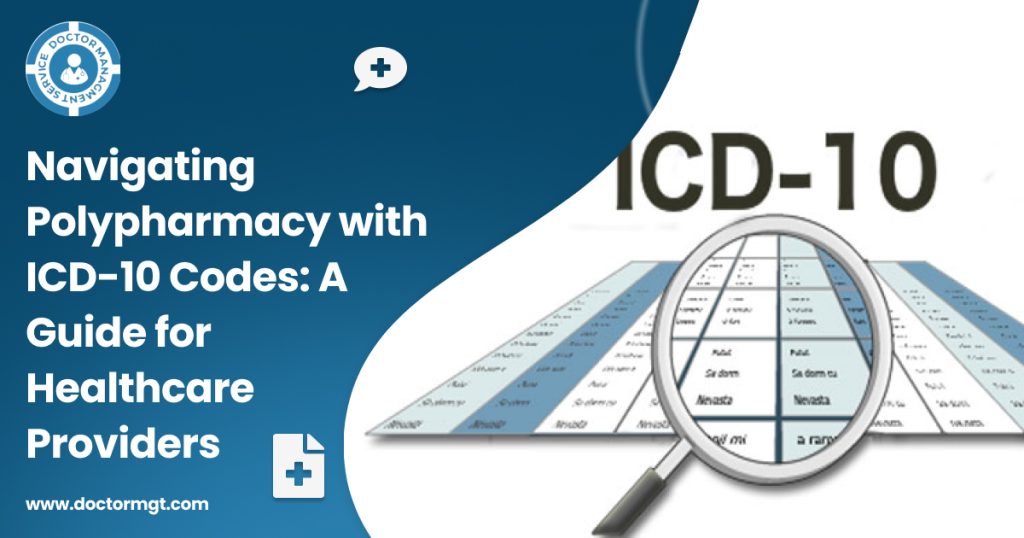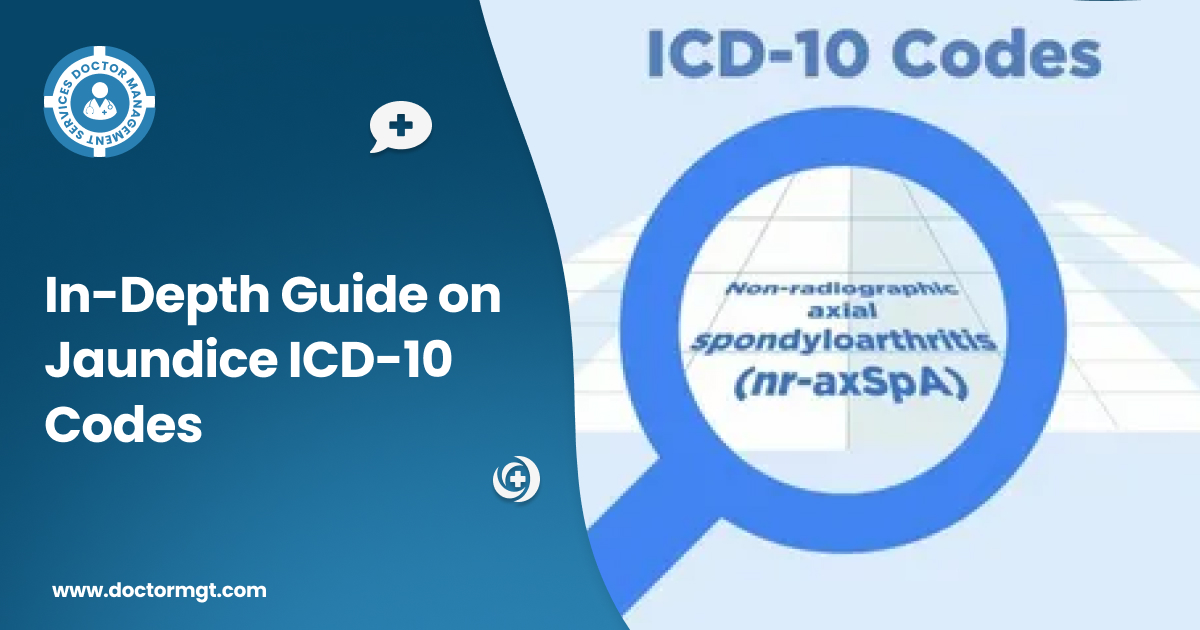Polypharmacy, which refers to the prescription of multiple drugs by a single physician for a patient, has emerged as a notable concern in the current health systems because of the increasing prevalence of chronic diseases, especially among the elderly.
It is therefore important for healthcare providers to understand how polypharmacy functions and also how medical billing and coding apply to polypharmacy. In the following guide, we will help you understand what ICD-10 codes relate to polypharmacy.
What is Polypharmacy?
Before going straight to the discussion of coding, it is worth taking a dig into what polypharmacy is all about. While the approach of using more than one drug may be effective sometimes, prescribing medicines with less attention may lead to negative implications such as drug interactions and increased healthcare expenses.
Hence, periodical assessment of a patient’s medications is important for early detection of any issues that may arise and to ensure that all prescriptions given are necessary. This is why, with proper coding, it becomes equally easy to establish the care strategies as well as prevention measures.
Key ICD-10 Codes for Polypharmacy
While no specific ICD-10 code addresses polypharmacy directly, several codes can effectively capture the associated risks and effects:
- T88.7XXA – Unspecified Adverse Effect Of Drug Or Medicament, Initial Encounter
Use this code any time a patient complains of side effects of some of the medications. This code is most appropriate to be used at the time of the first contact whereby the patient is still on treatment for those effects. It helps in easing the passing of a message to the insurers that the patient is in desperate need of attention due to medication issues. - T88.7XXD – Unspecified Adverse Effect Of Drug Or Medicament, Subsequent Encounter
This code is also very useful when you have a patient who is in the recovery phase and still needs further treatment for the disease. It focuses on the continuation of the treatment and also highlights the need to monitor the reaction of the patient to every change made in the treatment plan. - T88.7XXS – Unspecified Adverse Effect Of Drug Or Medicament, Sequela
This code is suitable when patients are dealing with the aftereffects of an adverse reaction. To use this code effectively, pair it with two additional codes: one that specifies the nature of the sequela and another that describes its impact on the patient. Accurate coding effectively communicates the entire clinical context. - Z91.89 – Other Specified Personal Risk Factors, Not Elsewhere Classified
This code applies when a patient is at risk of polypharmacy. It’s not a primary diagnosis but serves as a critical tool in documenting a patient’s risk status. This code is not acceptable as a principal diagnosis because it doesn’t reflect exactly a condition; rather, it simply explains what the patient is at risk of dealing with.
Best Practices for Managing Polypharmacy
- Regular Medication Reviews: Ensure periodic assessment of the medication prescribed to your patients with a view of possibly dropping out on some and checking on the compatibility of the various drugs prescribed to a patient.
- Patient Education: Educate patients to increase awareness of medications, their adverse reactions, and the need to take prescribed treatments to help with the condition.
- Collaborative Care: Providers, including pharmacists, must communicate effectively in order to better coordinate patient care and medication therapy management.
Final Note
Polypharmacy is a common practice yet not easy to handle; however, thorough knowledge of the ICD-10 codes and a patient-centered approach would enable the healthcare provider to tackle this problem.
Therefore, proper coding plays an important role in medical billing and coding in California. As a provider, it is important to do what is right and at the same time get fairly paid for your services. A proactive approach towards polypharmacy can reduce its negative impacts and improve the general well-being of your patients.





